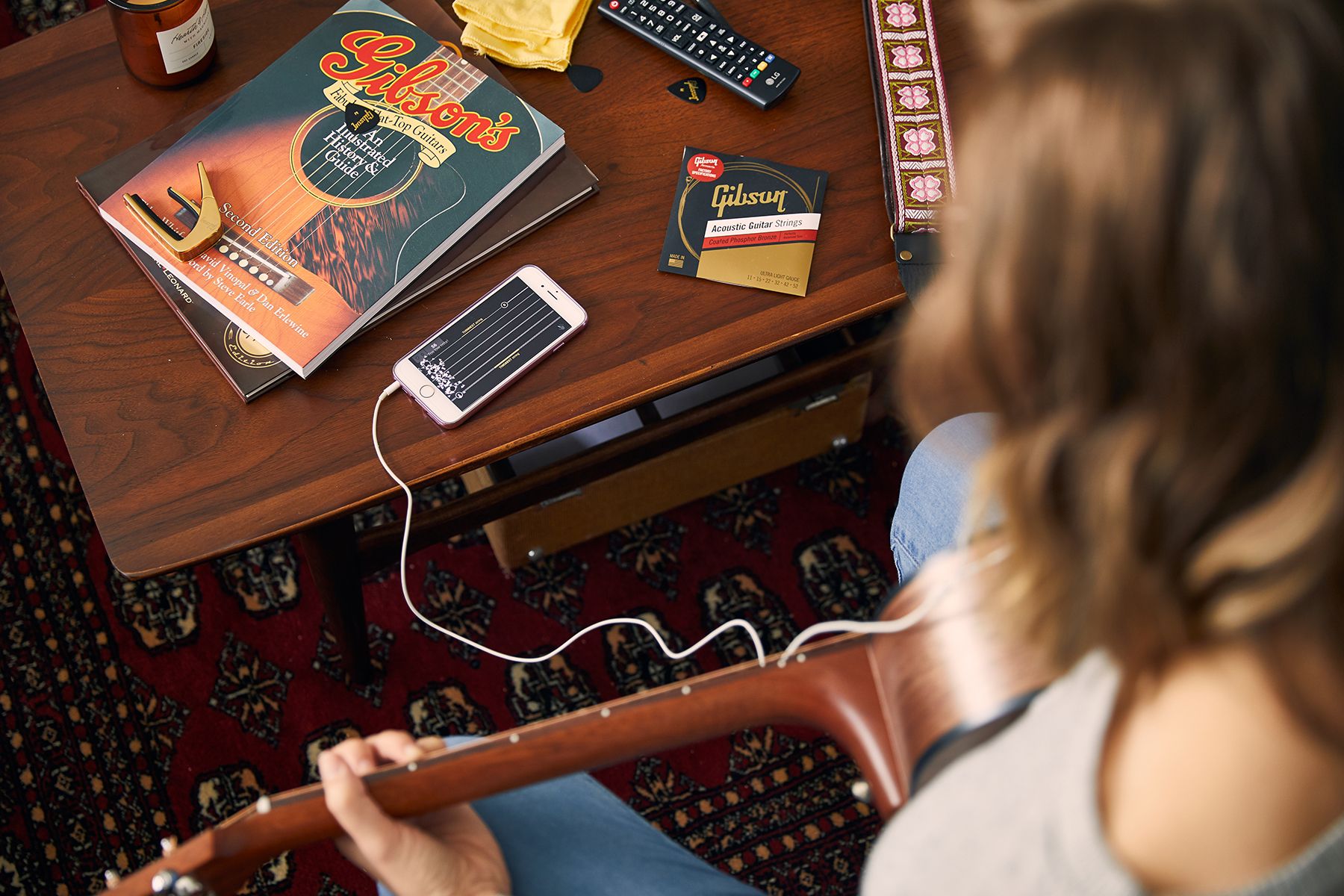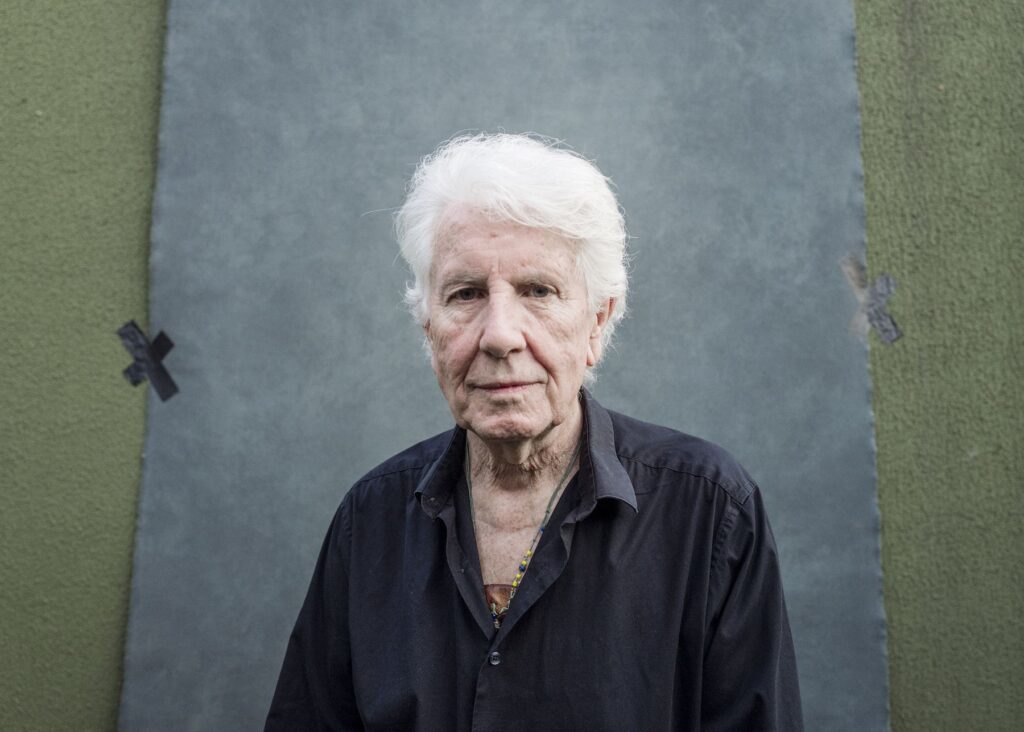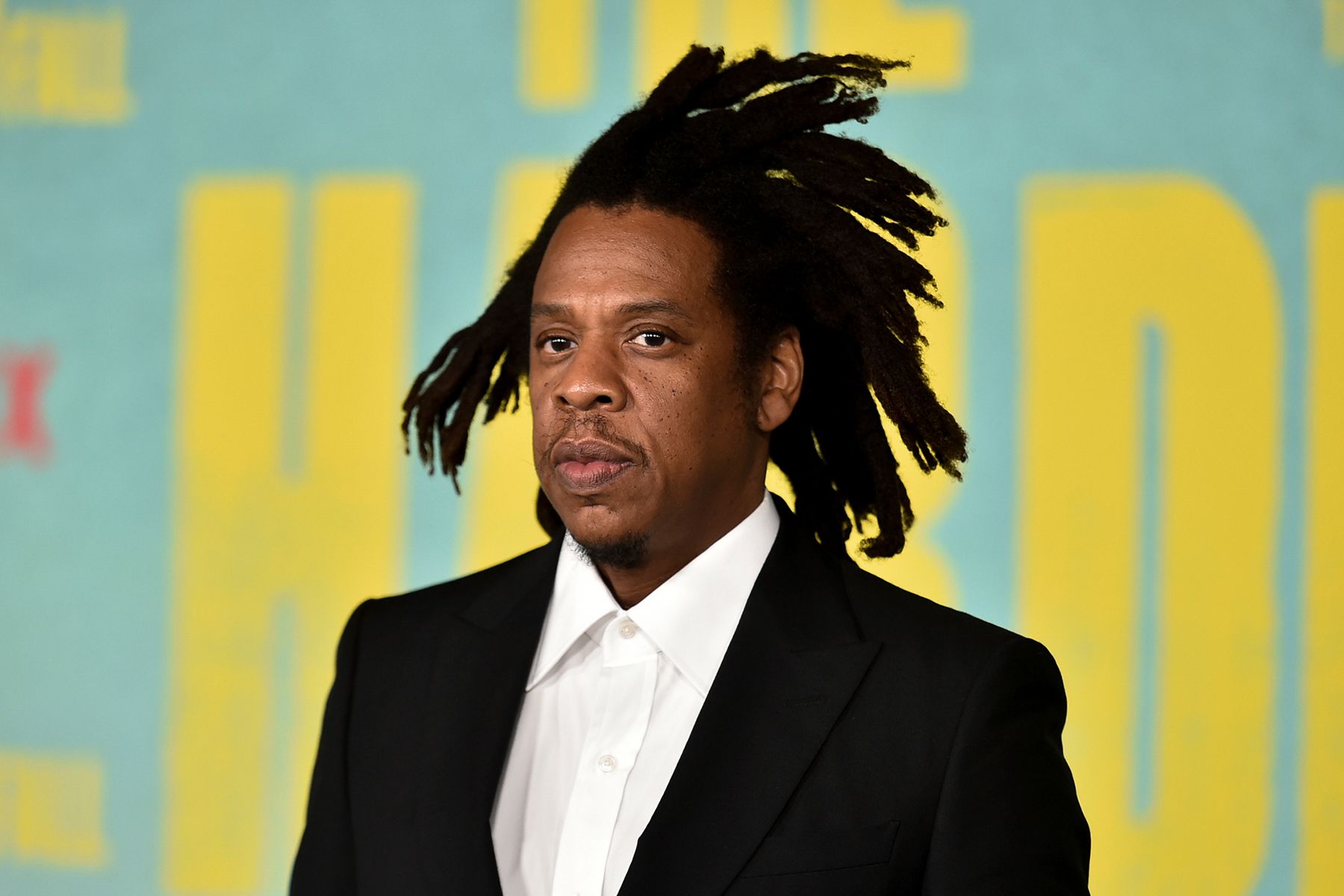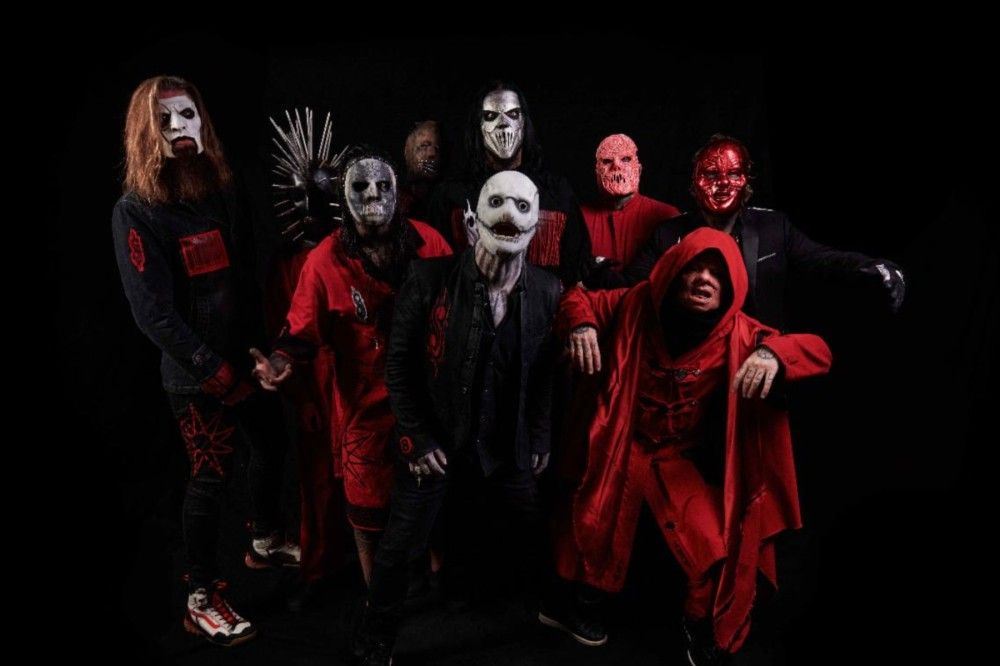
The Gibson App is Changing the Guitar Teaching Game
For as long as there have been guitars, there have been guitar lessons. There’s something uniquely soulful about a master teacher passing down lessons to an eager novice. Those first chords create an inextricable bond between student and instrument, and instill a lifelong connection to how music is made, shaped, refined, and mastered.
COVID-19 shattered that traditionally intimate process. Instead of sitting in a room strumming along with a teacher who could help you find the right fret and pluck the right string, many students were forced to take their lessons online. And as much as platforms like Zoom have helped bring people together through the internet, the instinctive feedback of music lessons was something that resisted digitization.
Even as things return to a modified normal, the paradigm has irrevocably shifted. Passionate music students started looking for ways to learn guitar techniques that are more personalized, portable, and comprehensive. Crucially, there were also a legion of music fans who realized that they had been putting off picking up an instrument because of time or commitment and were now looking to finally learn that lick or strum that chord.
“At some point during all this, people realized that they actually did have time on their hands and that they wanted to get involved with something they’re passionate about,” says James “JC” Curleigh, President and CEO of Gibson Brands. “For a lot of people that passion was music so people started buying guitars and dedicating time to learning. There are people that didn’t play guitar a year ago during COVID; now they’re a guitarist.”
Gibson, the legendary 127-year-old guitar maker, saw that problem and decided to address it. The new Gibson App was designed in conjunction with the Swedish music technology company Zoundio, and uses a unique two-way, interactive platform to teach guitar students how to do everything from play their first note to shredding power chords from thousands of songs.
The Gibson App uses “audio augmented reality” to provide dynamic feedback to students as they learn and play. As you pluck a note or strum a chord, the app listens and lets you know whether you’re in-time and in-tune immediately. It also gives students a more contextual learning experience: Instead of learning chords and scales in a vacuum, you’re able to practice on a scrolling tablature that lets you hear how you sound with the backing of a virtual band. That means you can load up Pixies’ “Where is My Mind” or David Bowie’s “Heroes” and see how your play matches up with such seminal tracks.
As you’re playing, the Gibson App gives you feedback on timing and tone, ensuring that students are getting active input on how their play is developing. And it’s not just for beginners looking to learn a few chords; the app can assist seasoned guitarists who are working their way through difficult riffs and even helps you master advanced techniques like barre chords and strumming patterns.
“From the beginning, we knew we wanted the app to appeal to players of all levels,” says Cesar Gueikian, Brand President at Gibson Brands. “So, it wasn’t something we figured out later, that was our original objective.”
You can also challenge yourself by speeding up or slowing the tabs, and experimenting with the EQ to find a sound that’s all your own. And much like having a full-time guitar teacher, the Gibson App keeps track of all your progress and adjusts your lesson plans accordingly. The Gibson App also recently released a “backing track mode” which supports both lesson and song playback without headphones, so users can self-select what works best for their current environment.
The volume and quality of learning tools on the Gibson App led to its meteoric success when it was released in 2020, a development that even took Gueikian by surprise. “We just opened it up so that people at home during the pandemic had another tool to use to learn how to play guitar,” he says. “We thought it was going to be a couple thousand downloads, but in the course of a few days we had 150,000.”
Educational perks aside, the Gibson App is aiming to be much more than a pocket-sized guitar teacher. Gibson has loaded the app with an archive of exclusive content and original programming from its award-winning online network, Gibson TV, featuring music icons telling their best guitar stories, with more episodes and installments added regularly. Users can watch Black Sabbath’s Tony Iommi share insights and tales from his decades-long career on the series “Icons,” dive into Joe Bonamassa’s assortment of legendary Les Paul guitars on “The Collection,” or see how Gibson’s iconic instruments are made in their Nashville factory from body to binding on “The Process.” There’s even a series (“The Scene”) that focuses on backstage stories from hallowed venues from coast-to-coast like The Troubadour and Grand Ole Opry.
“We have an amazing roster of artists with amazing stories to tell, and we just decided let’s start telling their stories,” says Curleigh about the content library they’ve been building at Gibson. The concept behind Gibson TV came out of the company’s realization that, even though social media had broken down walls between artist and fan, there were still hundreds of incredible, never-before told stories from iconic musicians. So, Gibson decided to tell those tales in quality that went beyond the upscale DIY of social media and create something both premium and accessible. “We really invested in the quality of everything we produced because we wanted these exclusive artists stories told through a Gibson lens. And we’re seeing this amazing response from that.”
And that’s not all: the Gibson App also packs in a fully-featured digital tuner (for guitar first-timers, there’s even a detailed lesson on how to tune your instrument), a multi-function metronome, free one-on-one consultations with a virtual guitar tech, and direct links to the Gibson, Epiphone, and Kramer online stores for easy shopping for guitars and accessories.
How aspiring guitarists learn to strum their first chords has been forever changed by COVID-19, but Gibson is evolving with the times without losing sight of what has made it synonymous with guitars around the world. The technology inside the Gibson App is cutting edge, but the bond it fosters between a student and their guitar is pleasantly familiar. “Our mission has always been to contribute, inspire, engage, and create solutions for artists and musicians,” says Curleigh. “And it’ll be our mission for Gibson’s next 127 years.”



